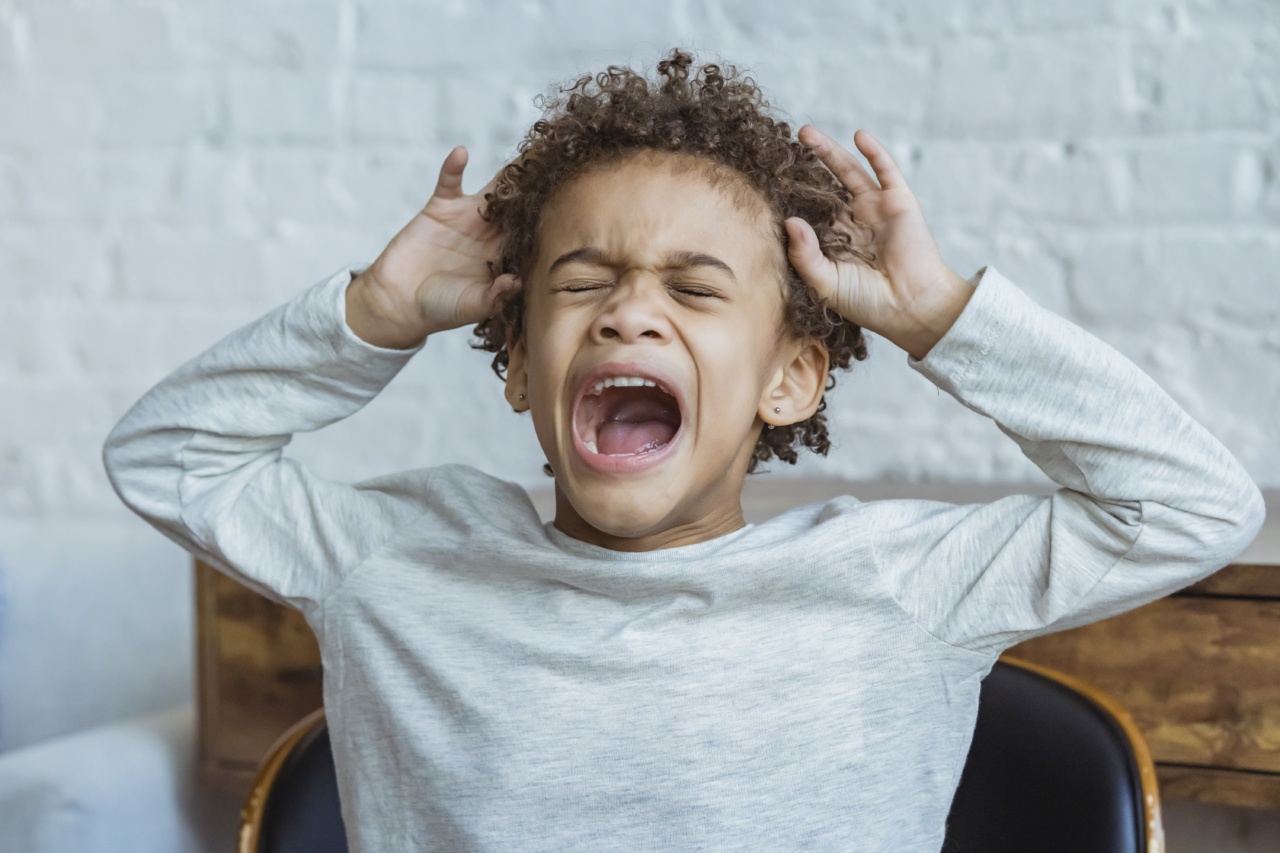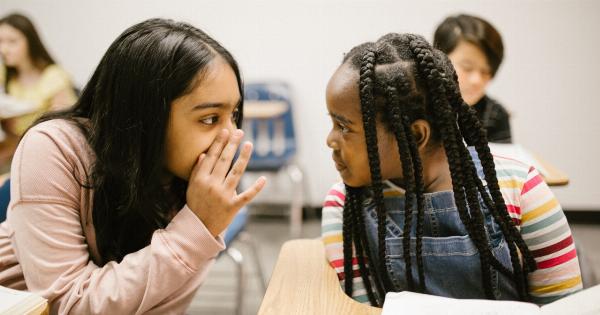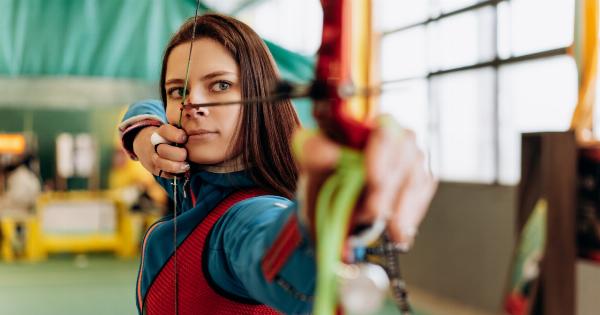Stereotypes are common in every society, and they can have a significant impact on our behavior. A stereotype is a fixed or oversimplified image or idea about a particular group of people that is generally accepted by society.
Stereotypes can affect our behavior in different ways depending on how we perceive them and the context in which they are used. In this article, we will discuss how stereotypes affect our behavior and the psychological mechanisms behind it.
What are stereotypes?
A stereotype is a widely held idea or belief about a particular group of people based on their race, gender, religion, ethnicity, or any other defining characteristic.
Stereotypes can be positive or negative and are often formed based on a person’s past experiences, cultural background, or media influences. For example, the stereotype that Asians are good at math can be traced back to academic success rates and the emphasis on education in Asian cultures.
How do stereotypes affect our behavior?
Stereotypes can affect our behavior in a few different ways. One way is through self-fulfilling prophecies.
Self-fulfilling prophecies occur when an individual’s beliefs about a particular group of people influence their behavior toward that group, leading to confirmation of their beliefs. For example, if a teacher believes that a particular student is not very intelligent, they may treat that student differently than other students, which can affect the student’s performance and confirm the teacher’s initial beliefs.
Stereotypes can also lead to prejudice and discrimination. Prejudice is an attitude or set of attitudes toward a particular group of people that is based on stereotypes and is often negative or hostile.
Discrimination is the unfair treatment of individuals based on their membership in a particular group. Both prejudice and discrimination can lead to harmful and unfair treatment of individuals and can perpetuate social inequalities.
The psychology behind stereotypes
There are several psychological mechanisms behind how stereotypes affect our behavior. One of these mechanisms is cognitive heuristics, which are mental shortcuts that our brains use to simplify complex information and make decisions quickly.
Stereotypes are a cognitive heuristic because they allow our brains to quickly categorize people into groups based on shared characteristics.
Another psychological mechanism behind stereotypes is confirmation bias. Confirmation bias is the tendency to search for, interpret, and remember information in a way that confirms our preexisting beliefs.
Stereotypes can lead to confirmation bias because they often influence how we perceive and interpret information about particular groups of people.
Social identity theory is another theory that helps explain how stereotypes affect our behavior.
Social identity theory posits that individuals derive part of their self-concept from their membership in social groups, and that people tend to favor in-group members over out-group members. When stereotypes are present, they can reinforce the in-group/out-group divide, leading to more favorable treatment of in-group members and negative treatment of out-group members.
How to combat stereotypes
While stereotypes can be difficult to overcome, there are some things that can be done to combat them. One approach is to increase contact with members of the stereotyped group.
By interacting with people from different backgrounds, we can reduce prejudice and develop more accurate and nuanced beliefs about different groups of people.
Another approach is to educate people about the harmful effects of stereotypes.
By raising awareness about the negative consequences of stereotypes and how they perpetuate social inequalities, we can encourage people to reflect on their own beliefs and challenge stereotypes when they encounter them.
Conclusion
Stereotypes have a significant impact on our behavior, influencing how we perceive and interact with other people.
By understanding the psychological mechanisms behind stereotypes and how they affect our behavior, we can work to combat stereotypes and reduce prejudice and discrimination.






























